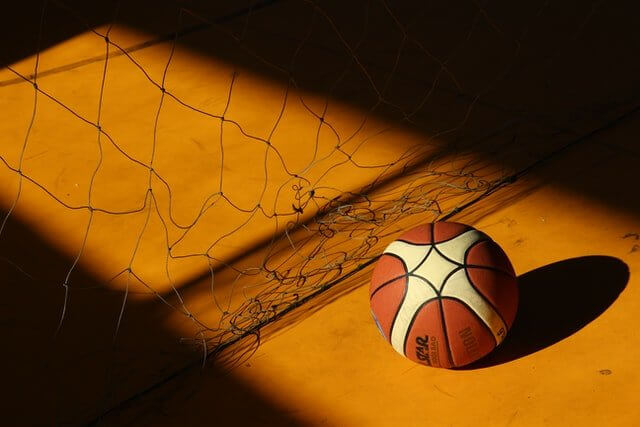Since the Olympics are in full swing, it’s a good time to look at the differences between NBA and Olympic basketball rules. Although it’s all basketball, there are some differences that may confuse you. The most visible differences are that each quarter is 10 minutes long, players are disqualified after 5 fouls, and there are variations in court dimensions and the three-point line. But that’s not all.

Game Duration
An NBA game consists of four quarters, each lasting 12 minutes, totaling 48 minutes of play. Olympic games are shorter, with four 10-minute quarters, resulting in 40 minutes of play. This reduction in game time can lead to a faster-paced and more urgent style of play in Olympic matches.
Court Dimensions and Three-Point Line
The size of the court and the three-point line distance are different in the NBA and Olympic play. NBA courts measure 94 feet long and 50 feet wide, while Olympic courts, following FIBA (International Basketball Federation) standards, are a bit smaller at 91.9 feet long and 49.2 feet wide.
The three-point line in the NBA is 23.75 feet from the basket at the top of the key and 22 feet in the corners. In Olympic basketball, the line is 22.15 feet from the basket at the top and 21.65 feet in the corners. These differences can influence shooting and spacing on the court.
Related topics:
Basic Olympic handball rules
3×3 Basketball Rules and Olympic Format
Learn how to bet on basketball
Timeouts and Game Stoppages
Timeout rules also vary. NBA teams have seven timeouts per game, and each lasts 75 seconds. Olympic basketball allows teams five timeouts per game, structured differently: two in the first half and three in the second half, with each lasting 60 seconds.
In the NBA, the game clock stops after a made basket in the last two minutes of the fourth quarter and during overtime. Olympic rules stop the clock after every made basket in the final two minutes of the fourth quarter and any overtime period.
Fouls and Free Throws
Fouling rules exhibit notable differences. In the NBA, a player fouls out after committing six personal fouls. Olympic basketball is stricter, with players being disqualified after five personal fouls.
Regarding free throws, the NBA awards two free throws for most shooting fouls and three for a foul on a three-point shot if missed. In the Olympic format, fouls often result in two free throws, regardless of the shot’s outcome, and three free throws for fouls on three-point attempts.
Goaltending and Basket Interference
Goaltending and basket interference rules differ as well. In the NBA, once the ball is on the rim, players cannot touch it. Olympic rules allow players to knock the ball off the rim as soon as it hits, adding a unique strategic element to the game.
Defensive Three-Second Rule
The NBA enforces a defensive three-second rule, preventing a defensive player from staying in the key for more than three seconds without actively guarding an opponent. This rule aims to open up the paint area and encourage more offensive plays. Olympic basketball does not have this rule, allowing for more zone defense strategies.
Possession Arrow
In jump ball situations, the NBA uses a jump ball between two players. In Olympic basketball, the initial jump ball occurs at the beginning of the game, and subsequent tie-ups are decided by alternating possession.
Understanding these differences enhances the appreciation of both NBA and Olympic basketball, highlighting how rules can shape the style and strategy of the game. Whether it’s the longer quarters and larger courts of the NBA or the faster pace and different fouling regulations in Olympic play, each format brings its own unique flavor to the sport.


